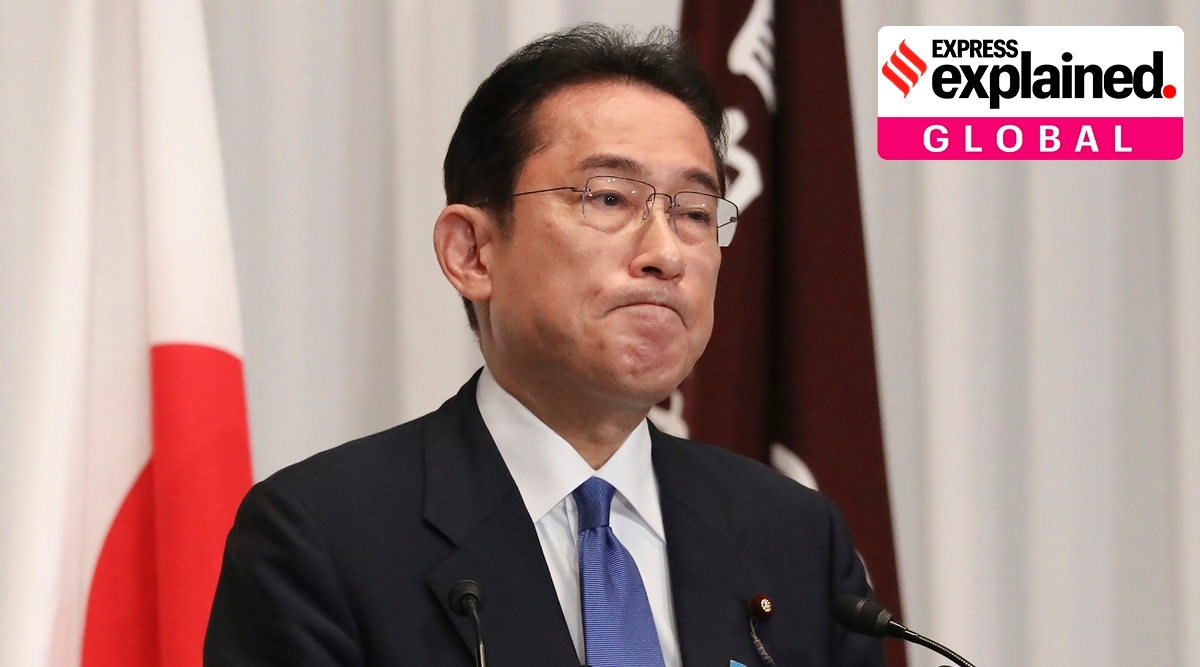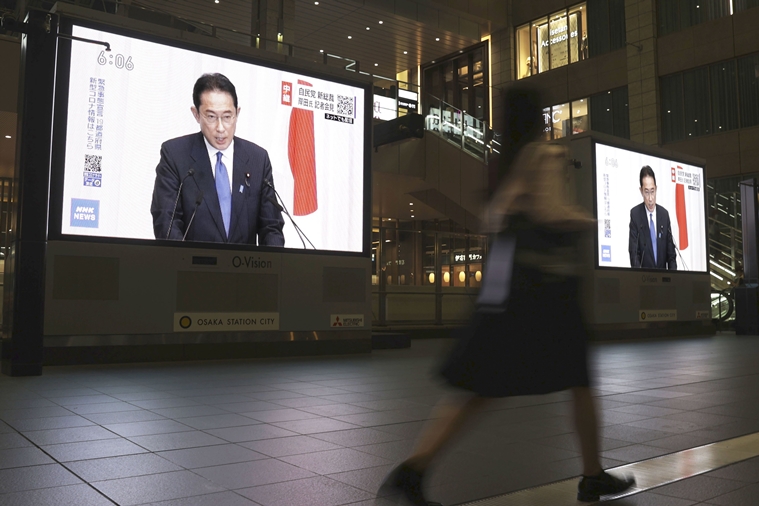Who is Fumio Kishida, Japan’s next Prime Minister?

Japan’s former foreign minister Fumio Kishida is set to replace Yoshihide Suga as prime minister after he won the ruling Liberal Democratic Party’s leadership vote on Wednesday. While Kishida is well-respected within the party, enjoying the support of several heavyweights, the 64-year-old is not widely popular.
On Monday, Kishida will succeed Prime Minister Suga, who announced he will not be running for re-election after his approval ratings plummeted to an all-time low, within his first year in office. Filling Suga’s shoes will be no easy feat, as Kishida will be inheriting a stagnant economy battered by the coronavirus pandemic, the remnants of an unprecedented public health crisis, and increased political manoeuvring by China.
“Our national crisis continues. We need to keep working hard on the coronavirus response with strong determination, and we need to compile tens of trillions of yen of stimulus package by the end of the year,” Kishida said in his acceptance speech. His first big goal as Japan’s new premier will be to lead the LDP to victory in the upcoming general election.
So, who is Fumio Kishida?
After a special parliamentary session set to take place on October 4, Kishida will be confirmed as the 100th Prime Minister of Japan. Kishida comes from a family of a long line of politicians. Despite an unsuccessful run for office in 2020, when he lost against Suga, Kishida was the first candidate to throw his hat in the ring to contest this year.
He first entered the political arena in 1993, following in the footsteps of his father and grandfather. He served as policy chief of the LDP and later as foreign minister between 2012-17, during which he was responsible for negotiating deals with Russia and South Korea. He has long been in support of banning nuclear weapons, calling it “his life’s work”, and helped bring former US President Barack Obama to Hiroshima on a historic visit in 2016.
 Huge screens show a press conference by Japan’s former Foreign Minister Fumio Kishida following his win in the Liberal Democrat Party leadership election, in Osaka, western Japan Wednesday, Sept. 29, 2021. (AP)
Huge screens show a press conference by Japan’s former Foreign Minister Fumio Kishida following his win in the Liberal Democrat Party leadership election, in Osaka, western Japan Wednesday, Sept. 29, 2021. (AP)
Widely known to be a moderate-liberal politician, he is expected to steer the otherwise conservative LDP slightly left. While he enjoys the support of top party leaders, his low-key presence over the years has led to critics referring to him as “bland” and lacking charisma.
During the LDP’s leadership vote, he defeated high-profile candidate Taro Kono, the popular and outspoken minister in charge of the country’s coronavirus vaccine rollout.
What are Kishida’s proposed policies?
A major pillar of his proposed policies once elected is narrowing the income gap. He has also proposed an ambitious 30 trillion yen spending package to aid economic recovery.
“Fiscal reform is the direction we need to head for eventually, though we won’t try to fill Japan’s deficit with immediate tax hikes,” he said on Saturday, stressing on the need to distribute wealth amongst Japanese households, Reuters reported. This is in sharp contrast with the economic policy of former Prime Minister Shinzo Abe, also known as Abeonomics, which focused on boosting corporate profits.
In terms of foreign policy, no drastic changes are predicted in the near future. He is likely to follow through with the policy approach adopted by Suga and his predecessor Abe. This would mean reaffirming Japan’s commitment to a free and open Indo-Pacific and solidifying ties with fellow members of the Quad grouping, which includes India. The Quad’s focus will be on countering China’s manoeuvring in the strategically vital Indo-Pacific region.
“In order to protect such universal values as freedom, democracy, rule of law and human rights, we need to say firmly what needs to be said in the face of the expansion of authoritarian regimes like China, while cooperating with countries that share such values,” he said this month, according to Reuters.
What’s next?
During a special session of parliament on Monday, the next prime minister will be elected. The victor of the election will be the candidate who wins majority of votes both in the upper and lower houses of parliament.
In case both chambers elect different candidates and are unable to arrive at a consensus, then the lower house’s decision will be final. Since the LDP enjoys a majority in the lower chamber, Kishida is virtually assured of being named the victor.
The new leader is expected to form a new cabinet. But Kishida’s first big test will take place next month, when the term of the lower house is set to end, sources told Reuters.
Prime Ministers can call for an election if the lower house is dissolved. But the snap elections must take place within 40 days of the dissolution of the lower house. In which case, a general election will take place either on November 7 or November 14, Reuters reported.
Newsletter | Click to get the day’s best explainers in your inbox

“평생 사상가. 웹 광신자. 좀비 중독자. 커뮤니케이터. 창조자. 프리랜서 여행 애호가.”
